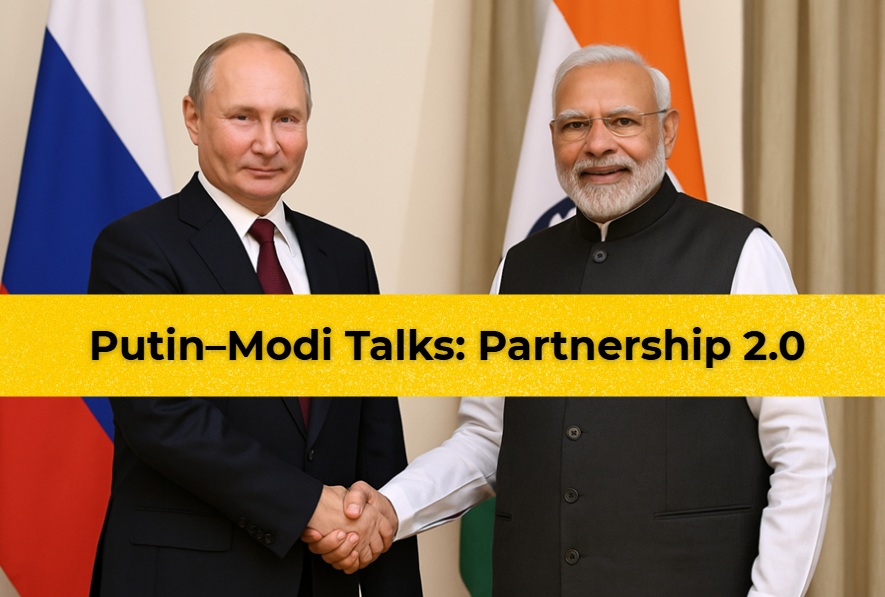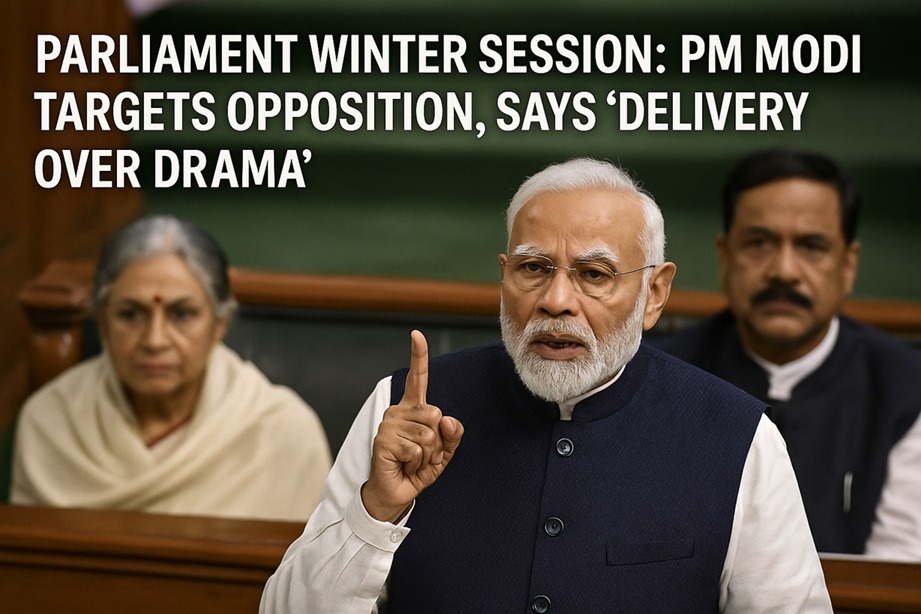In recent weeks, Punjab has become a hotbed of political intrigue, with whispers of a growing rift between Chief Minister Bhagwant Mann and Aam Aadmi Party (AAP) leader Arvind Kejriwal. What began as routine administrative reshuffling has evolved into a visible struggle for power, as Kejriwal appears to consolidate control over Punjab’s political and administrative machinery—leaving Mann, once a trusted leader, with limited influence. This tug-of-war between the two high-profile leaders could have significant implications for both the state’s governance and the future of the AAP.
A Historical Perspective: Mann’s Rise to Chief Minister
Bhagwant Mann’s journey with the Aam Aadmi Party began with his role as a Member of Parliament from Sangrur, a position that allowed him to emerge as a powerful voice for AAP in Punjab. As the party gained traction, Mann’s popularity grew, leading to his appointment as the Chief Minister following AAP’s victory in the 2022 Punjab Assembly elections. His dual role as CM and Punjab AAP convenor allowed him to lead with a direct link to both governance and party strategies in the state.
However, this dual authority seems to have become a point of contention. A few weeks ago, Mann himself hinted at stepping down from the convenor role, raising questions among observers and supporters alike. This announcement has spurred widespread speculation: was it a personal decision or the result of pressure from the party’s high command, namely, Kejriwal?
Kejriwal’s Influence: A Strategic Reconfiguration
Arvind Kejriwal, the face of AAP, has played a central role in shaping the party’s strategy and administrative structure across states. With Punjab now the only state where AAP holds a majority, it is natural that he would want to retain control over its administration. Yet, his methods have raised eyebrows. Insiders reveal that Kejriwal has placed key allies, including his close confidants Vibhav Kumar and Vijay Nair, in significant positions within Mann’s administration. Kumar and Nair, known for their loyalty and effectiveness, are seen by many as Kejriwal’s “eyes and ears” in the state.
These appointments have stirred controversy within Punjab’s political circles. Many interpret these moves as a signal that Kejriwal is keeping Mann under close supervision and potentially preparing for a scenario where Mann could be replaced or his power curtailed. This strategy also resembles tactics used by central political leaders in other parties, where key loyalists are embedded within state administrations to keep leaders in check and maintain influence.
The Turning Point: Mann’s Reaction and the Convenor Role
Sources close to the Punjab administration report that Mann has increasingly felt sidelined. Several ministers from Punjab were reportedly summoned to Delhi for a private meeting with Kejriwal—a move seen as unconventional, given that it bypassed Mann, the state’s Chief Minister. Kejriwal’s alleged direct instructions to these ministers—setting specific tasks and directives without Mann’s oversight—have added fuel to the fire.
Mann’s decision to step down as AAP’s Punjab convenor is seen by many as a defensive maneuver, possibly preempting a formal separation of his roles. This could be an attempt to insulate himself from potential interference or to emphasize his autonomy as Chief Minister. However, Mann has yet to formally resign, leading analysts to wonder if this is merely a tactic or if there is pressure from Kejriwal to reduce Mann’s consolidated power.
Kumar Vishwas’s Allegations: Kejriwal’s Chief Ministerial Ambitions?
The tension between Kejriwal and Mann has a historical underpinning. Noted poet and former AAP leader Kumar Vishwas once claimed that Kejriwal harbored ambitions of becoming the Chief Minister of Punjab. Vishwas alleged that during AAP’s initial campaign in Punjab, Kejriwal orchestrated internal conflicts with the aim of positioning himself as a unifier who could then step in as Chief Minister. While these claims have never been substantiated, they offer a lens through which recent events are being viewed.
Some believe that if AAP were to lose its influence in Delhi, Kejriwal might turn to Punjab as his next political arena, leveraging its political machinery to sustain his leadership ambitions. His recent actions, interpreted as an effort to secure his influence over Punjab’s governance, have reignited this theory.
Strategic Implications and the Road Ahead
The unfolding developments in Punjab reveal a broader AAP strategy, but they also carry risks. Should Kejriwal push too hard, it could backfire, creating unrest within the Punjab leadership and among AAP’s base. On the other hand, if Mann yields to Kejriwal’s influence, it could diminish the autonomy of the Chief Minister’s office, potentially affecting governance and the party’s credibility in Punjab.
Political analysts are watching closely, especially with the Delhi Assembly elections approaching. The outcome could influence AAP’s priorities. If AAP retains control in Delhi, Kejriwal’s focus may remain split. But should AAP lose, Punjab might become Kejriwal’s prime base, possibly leading to an even greater power struggle.
Some key questions emerge:
- Will Mann Resign as Punjab Convenor? Mann’s potential resignation could mark a symbolic shift in power, indicating that he might be bowing to Kejriwal’s pressure or positioning himself for a more autonomous role as Chief Minister.
- Could Kejriwal Become Punjab’s Chief Minister? If political conditions in Delhi change, Kejriwal could aim to establish himself in Punjab, especially if it remains AAP’s primary stronghold. This would be a historic shift for both Kejriwal and the party.
- How Will This Impact Punjab’s Governance? With loyalty lines drawn, Punjab’s administration may face internal conflicts, which could hinder its functioning and stability. This could affect key issues such as agriculture, education, and healthcare.
Punjab’s Political Future at a Crossroads
The political dynamics within AAP’s Punjab unit have raised numerous questions about leadership, loyalty, and long-term strategy. While Mann has yet to make a final decision, Kejriwal’s moves reveal a determination to keep Punjab closely tethered to his influence. How Mann reacts in the coming weeks could either consolidate his position or signal an impending change in Punjab’s leadership. For Punjab and its people, this struggle is more than just a party matter—it will likely impact governance, policy direction, and ultimately the state’s future. Political observers and the public alike will be watching closely as this drama unfolds, setting the stage for what could be a transformative moment in Punjab’s political history.





